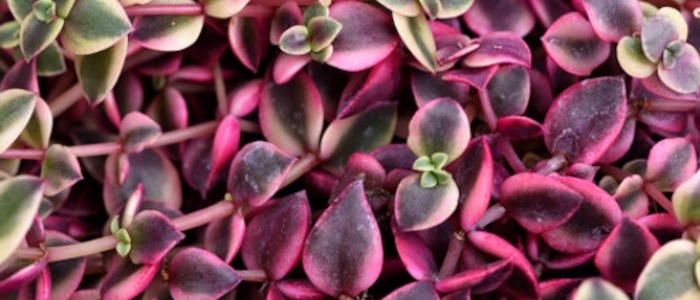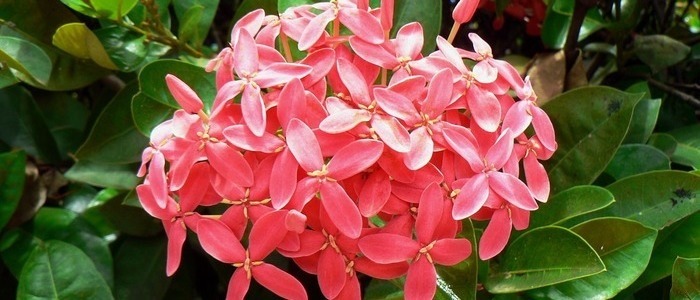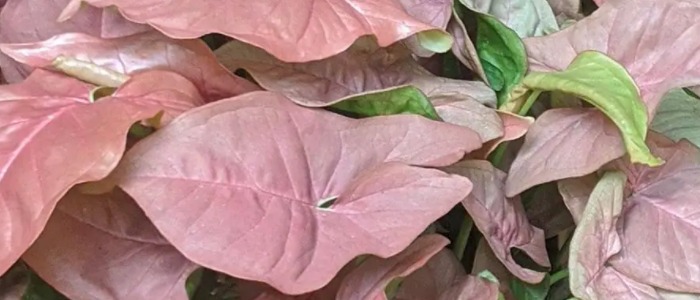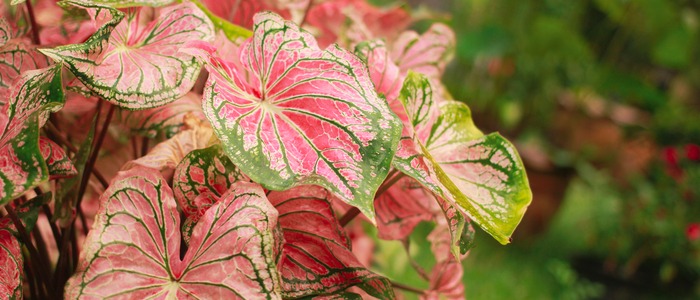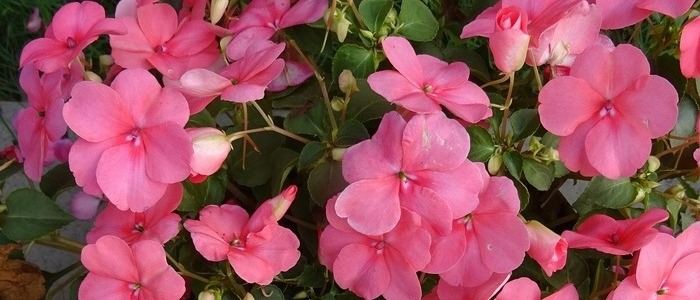Decorating your home with the pink polka dot plant (Hypoestes phyllostachya) can add a playful and whimsical touch to any room. Its vibrant pink leaves with contrasting green spots can brighten up even the dullest corners of your home. Plus, the pink polka dot plant is a low-maintenance plant that doesn’t require too much attention, This makes it perfect for those who are new to gardening.
So, if you want to add a pop of color to your home, consider getting a pink polka-dot plant.
In this pink polka dot plant article, we discuss plant care, propagation, pruning, and common problems that affect this beautiful plant.
Pink Polka Dot Plant Frequently Asked Questions
Is the pink polka dot plant trailing?
Yes, the pink polka dot plant can be trained to trail or climb with proper care. To encourage trailing, you can place the plant in a hanging basket or train it along a trellis. It's important to provide support for the plant as it grows to prevent it from becoming too heavy and breaking. Additionally, regularly pruning the plant can help promote a bushier, more compact growth habit, which can also aid in trailing.
What is the life span of the polka dot plant?
The life span of a polka dot plant can vary depending on various factors such as the care it receives, environmental conditions, and the type of polka dot plant. Generally, with proper care, a polka dot plant can live for several years. However, some species of polka dot plants may have a shorter lifespan and may only live for a few months to a year.
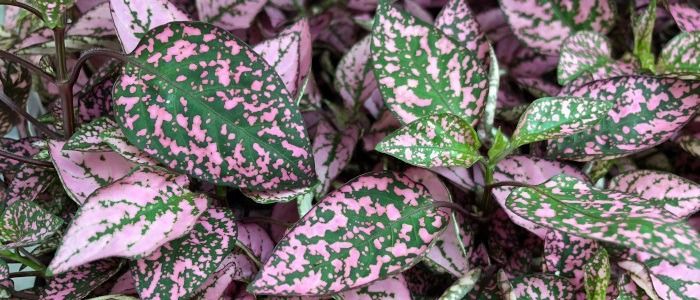
Pink Polka Dot Plant Care
To keep your pink polka dot plant healthy and thriving, there are a few things you need to keep in mind. Firstly, this plant prefers bright, indirect sunlight, so make sure to place it near a window that receives plenty of natural light. Additionally, the soil should be kept moist but not waterlogged, and it’s important to avoid letting the plant sit in standing water.
When it comes to fertilization, a balanced, all-purpose plant food can be applied every 2-3 weeks during the growing season. The best temperature for the pink polka dot plant is between 65-75°F, so avoid placing it in areas with extreme temperature fluctuations or drafts. The pink polka dot plant thrives in a humid environment.
To increase humidity levels, you can mist the leaves regularly or place a tray of water near the plant. Lastly, keep an eye out for pests such as spider mites and mealybugs, which can damage the leaves and stems. Regularly inspecting your pink polka dot plant and treating any infestations promptly can help ensure its long-term health and vitality.
Pink Polka Dot Plant Propagation
Polka dot plants, also known as Hypoestes phyllostachya, are popular houseplants known for their vibrant and colorful leaves. Propagating polka dot plants is relatively easy and can be done through stem cuttings or division. Stem cuttings are the most common method and can be taken from healthy, mature plants. When taking cuttings, it’s important to choose a stem that is at least 4 inches long and has several leaves attached. Once you have your cutting, remove the bottom leaves and place the stem in a jar of water or moist soil.
Other methods of propagating the pink polka dot plant include division, which involves separating the plant into smaller sections and replanting them in new pots. This method is best done in the spring or early summer when the plant is actively growing. To divide the plant, gently remove it from its pot and carefully separate the roots into smaller sections.
Each section should have a few leaves and a healthy root system. Replant the sections in fresh soil and water thoroughly. With proper care, your polka dot plant cuttings or divisions should root and grow into new, healthy plants in no time. Unfortunately, it is not possible to propagate the plant through leaf cuttings alone. The pink polka dot plant is a stem plant, meaning that it requires a stem with nodes in order to grow roots and form a new plant.
However, if you have a stem cutting with a few leaves attached, you can remove the leaves from the lower nodes and propagate the cutting as mentioned earlier. Keep in mind that not all cuttings will successfully root, so it’s a good idea to take several cuttings to increase your chances of success.
How to Prune the Pink Polka Dot Plant
The first step in pruning a pink polka dot plant is to identify the parts of the plant that need to be trimmed. Look for any branches that are crossing or rubbing against each other, as well as any dead or damaged leaves. Once you have identified the areas that need to be pruned, gather your tools and get ready to trim. It’s important to use clean, sharp pruning shears to avoid damaging the plant or introducing any diseases.
Pruning also includes regularly removing dead or yellowing leaves to encourage new growth. It is also important to pinch back the tips of the stems to promote bushiness and prevent the plant from becoming too leggy. Pruning can help control the size of the plant and keep it from becoming too large for its container.
When pruning, always make cuts just above a leaf node. With proper pruning, your pink polka-dot plant will thrive and look its best.
Common Problems with the Pink Polka Dot Plant
The pink polka dot plant is affected by some common problems including them are overwatering, underwatering, and exposure to direct sunlight. Overwatering this plant can lead to root rot and the yellowing of leaves, while underwatering can cause the plant to wilt and drop its leaves.
Direct sunlight can scorch the leaves and cause them to turn brown.
In addition, pink polka dot plants are susceptible to pests such as spider mites and mealybugs, which can cause damage to the leaves and stems. Signs of pest infestation in the pink polka dot plant may include yellow or brown spots on the leaves, webbing on the plant, or visible insects on the leaves or stems.
If you suspect a pest infestation, it is important to take action quickly to prevent the pests from spreading and causing further damage. One effective method of pest control is to use a natural insecticide, such as neem oil or insecticidal soap. It is also important to regularly inspect the plant for any signs of pests and to remove any affected leaves or stems to prevent the infestation from spreading.
Conclusion
In conclusion, the pink polka dot plant really is a delightful addition to any indoor garden. Its unique appearance and easy-care nature make it a popular choice among plant enthusiasts. However, it is important to note that the pink polka dot plant is toxic to pets, so it should be kept out of reach of cats and dogs.
Additionally, the plant prefers bright, indirect sunlight and well-draining soil. With proper care, the pink polka dot plant can thrive and bring joy to any space it inhabits
Other Pink House Plants
